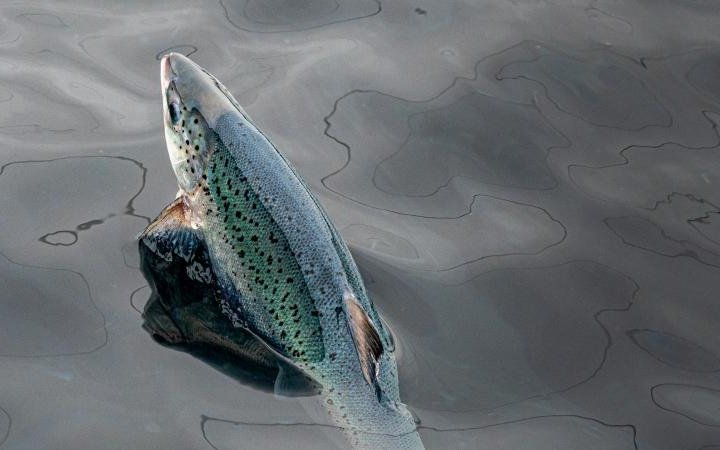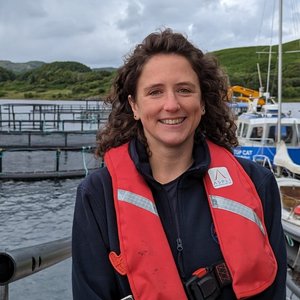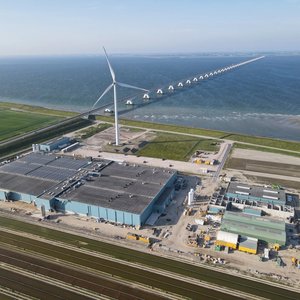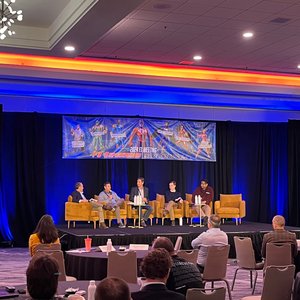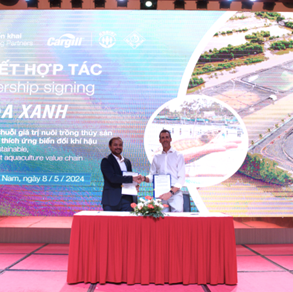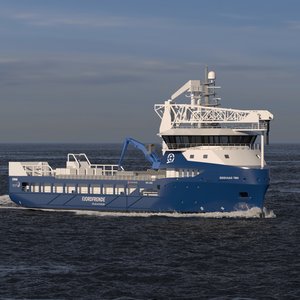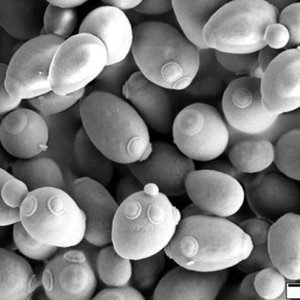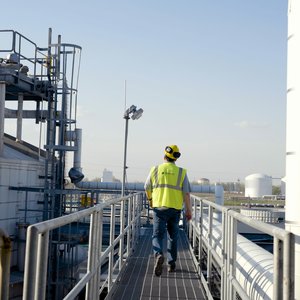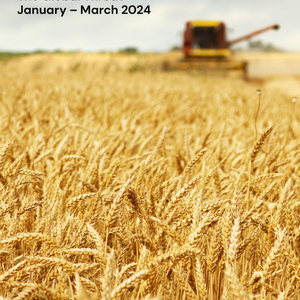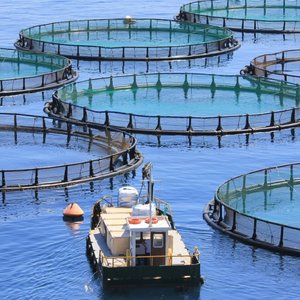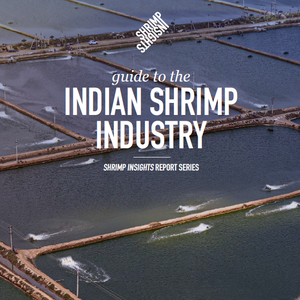Andfjord Salmon completed its first harvest of Atlantic salmon from the company's first pool located at Kvalnes, Andøya.
The harvest has yielded strong results with a survival rate of 97.5% and a superior share of 91.1%. The total biomass of Atlantic salmon reached 646 tonnes translating to approximately 530 metric tonnes HOG (Head-On-Gutted), with an average weight of approximately 3.4 kilograms per fish.
“We are elated to achieve such a remarkable survival rate. The fact that 97.5% of the fish survived underscores that the fish have had excellent living conditions in the pool. As a consequence of this, we have harvested fish that may not have survived in other fish farming facilities. This has a negative impact on the average weight and superior share, which is still at an impressive level. However, a high survival rate is the most valuable from a financial perspective,” said Martin Rasmussen, CEO of Andfjord Salmon.
The harvested fish displayed a diverse range of weights, from 1-2 kg up to 5-6 kg. Of particular note, approximately 50% of the fish fell into the 2-3 kg category, achieving an average price of approximately NOK 67/kg. Additionally, around 40% of the fish weighed between 3-4 kg, realizing an average price of approximately 80 NOK/kg.
Located at Kvalnes on the island of Andøya on the Arctic Archipelago of Vesterålen, Norway, Andfjord Salmon has developed an innovative and sustainable aquaculture concept for land-based farming of Atlantic salmon, based on a flow-through technology solution. The company's ambition is to build the world's most sustainable and fish-friendly aquaculture facility of its kind.
Andfjord Salmon recently announced details of a build-out plan to reach a total production volume of 40,000 tonnes (HOG) at Kvalnes, and that the company had secured bank financing for its expansion. The new production capacity will gradually be added between 2025 and 2030, with 8,000 tonnes (HOG) of production capacity expected to be added as early as 2025.


